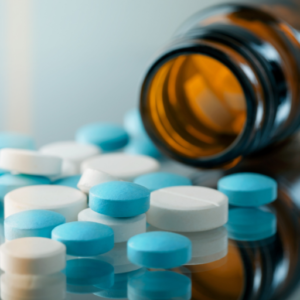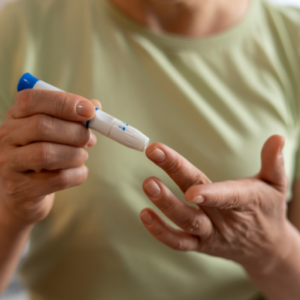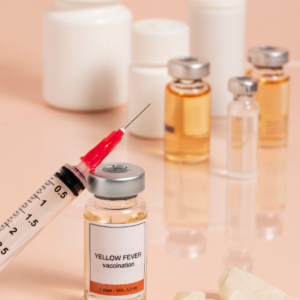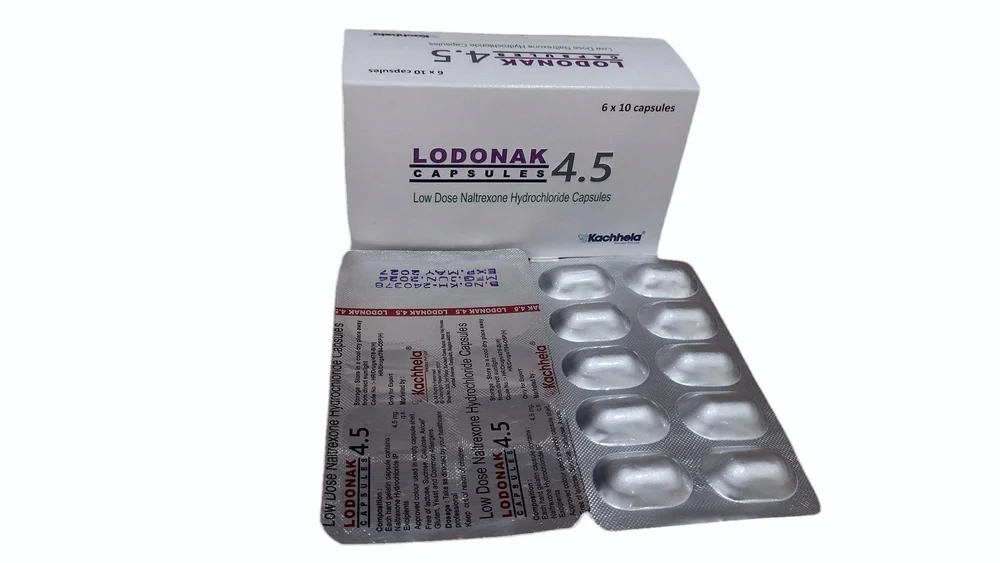Lodonak 4.5mg
| Package | Per tablet | Savings | Price |
|---|---|---|---|
| 180 tablets | $0.35 | $19.44 | $82.44 $63 |
| 150 tablets | $0.36 | $14.70 | $68.7 $54 |
| 120 tablets | $0.37 | $10.96 | $54.96 $44 |
| 90 tablets | $0.39 | $6.22 | $41.22 $35 |
| 60 tablets | $0.42 | $2.48 | $27.48 $25 |
| 30 tablets | $0.50 | – | $13.74 |
What is this medicine?
Lodonak 4.5 mg contains naltrexone, an opioid antagonist used at low doses (≤ 4.5 mg daily). Known as Low‑Dose Naltrexone (LDN), it’s primarily prescribed off-label for multiple conditions:
-
Chronic pain, including fibromyalgia and complex regional pain syndrome
-
Autoimmune diseases like Crohn’s disease, multiple sclerosis, and thyroid disorders
-
Fatigue syndromes, such as chronic fatigue syndrome/myalgic encephalomyelitis
-
Emerging uses include long COVID, inflammation, and certain cancers.
LDN dosage is much lower than standard high-dose naltrexone (50–100 mg) used for alcohol or opioid dependence.
What should I tell my health care provider before I take this medicine?
They need to know if you have:
-
Liver disease, including hepatitis, as even low‑dose naltrexone can stress the liver.
-
Kidney impairment, which may require caution.
-
Current or recent opioid use, or opioid dependence; you need to be off opioids for at least 7–14 days before starting to avoid withdrawal.
-
Allergic reactions to naltrexone or its components.
-
If you are pregnant or breastfeeding – the safety of LDN hasn’t been well established.
-
Planned surgery – you should stop LDN at least 7 days beforehand.
How should I use this medicine?
-
Start low (e.g., 1.5 mg nightly), increasing by ~1 mg every week to reach 4.5 mg once daily, often taken in the morning or before bed.
-
Swallow capsules whole, with or without food.
-
Benefits may take 6–10 weeks to appear for pain or fatigue.
-
Do not stop suddenly without your doctor’s advice.
Overdosage:
Seek emergency care or call poison control immediately.
Missed dose:
Take as soon as you remember, unless it’s almost time for the next dose—do not double up.
What may interact with this medicine?
-
Opioids — LDN blocks their effects and can cause severe withdrawal.
-
CYP450-interacting medications — as naltrexone may affect liver enzymes.
-
CNS depressants, such as alcohol, sedatives, or tranquilizers.
-
Herbal supplements (e.g., St. John’s wort).
-
Always disclose all prescription medications, supplements, and OTC drugs to your doctor.
What should I watch for while using this medicine?
-
Liver function tests periodically to ensure safety .
-
Avoid opioids and alcohol during treatment.
-
If pregnant or breastfeeding, avoid crushing capsules—handle with caution.
-
Monitor for signs of liver damage—jaundice, dark urine, abdominal pain.
-
Mood changes, such as depression or anxiety.
-
Do not donate blood during treatment and for a few months afterward.
What side effects may I notice from this medicine?
Report immediately if you experience:
-
Signs of liver injury: jaundice, dark urine, pain in upper right abdomen.
-
Allergic reactions: rash, itching, swelling, breathing issues.
-
Severe mood changes, suicidal thoughts.
Common (usually mild):
-
Insomnia or vivid dreams (~8% occurrence)
-
Headache, dizziness, anxiety, nausea
-
Fatigue, muscle or joint pain, decreased appetite
Rare:
-
Priapism (prolonged erections), unusual for low dose
-
Long‑term side effects are not well studied .
Where should I keep my medicine?
-
Store at 20–25 °C (68–77 °F), can tolerate short exposure between 15–30 °C .
-
Keep in a cool, dry place, away from heat, moisture, and direct light.
-
Keep out of reach of children.
-
Do not use after expiration.
-
Do not crush or open the capsules—swallow whole.



























